Choosing the best cat breed for you
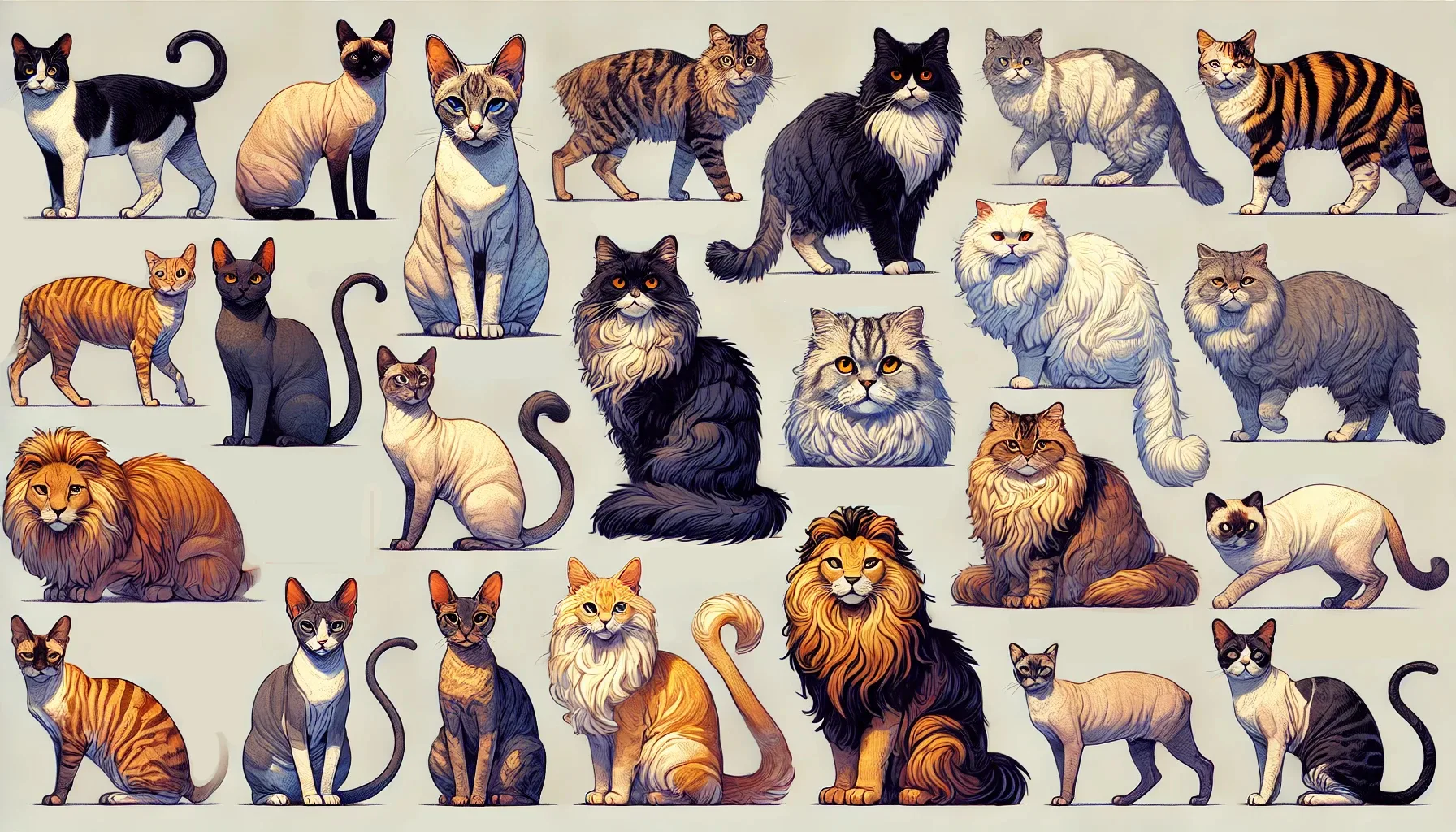
Finding the right cat breed does not have to be difficult
Choosing the right cat breed can feel difficult. Many factors go into deciding if a certain breed is right for you. Depending on which cat association you ask, there are more or less recognised breeds available to choose from.
For example, the Cat Fanciers Association (CFA) only recognises 45 cat breeds, while the International Cat Association (ICA) recognises 75. Other cat associations recognise a subset of these or even more. In conclusion, we can safely say there are around 45-75 officially recognized cat breeds. Of course, there can always be some unofficial ones, so don’t limit yourself too hard. If you find a breed you like, go for it.
While choosing a cat breed is not as demanding as selecting a bigger dog breed, specific needs and character considerations still matter. Some considerations include allergies, time at home, and living situations.
In this article, we will check out what criteria might influence whether a cat breed is great for you and which one might not.
Considerations before looking for the right cat breed
There are a few things to think about when choosing a cat breed.
- Potential allergies
- Can your cat go outside?
- Do you have other pets?
- Apartment/House size
- How much time do you have
- for grooming
- playing
- social contact
These and more can play an important part in which cat breed will be perfect for you. You should think about these before starting your cat-breed research.
Different traits for different Cat breeds
There are a lot of different traits a cat can have depending on their genetics.
And you probably know a lot of them already.
Let’s freshen up your mind:
- Long hair vs short hair vs hairless
- Large body, mid-sized body or short body size
- High activity vs low activity
- High playfulness vs low playfulness
- General Lifespan
- health-related problems for some breeds
- vocal vs quiet cats
- thick tail versus lean tail
- of course, colour
- loyalty
This trait list already shows us how complicated choosing the “perfect” cat breed can be.
Generally, I recommend not looking too hard for the perfect fit. Each cat is different, and breed trait lists are only a general guide for cat traits.
Of course, if you have reasons for wanting certain traits, that’s fine. However, allergies or your living environment can cause the wrong traits to make your furry friend very unhappy, and we don’t want that.
Do you want a mature cat or a kitten?
Everybody understands this problem. Kitties are cute little energy tornados. While there is hardly a better feeling than adopting a cat from a rescue. Especially because depending on in which country you are located, you may save their life.
But there is more to consider before deciding on what age your new cat will be at.
While a cat’s age is not strictly relevant to finding the right breed, it’s always an important consideration. However, it also limits the variety of breeds available because your favourite breed might not be in any shelter or rescue station near you.
Kittens
Kittens are a handful of work to get. They have near-endless amounts of energy and need to be potty-trained. Depending on how much of your day is spent outside your home, you may even need to take a longer vacation so they can settle in properly without problems.
Also, kittens are small and don’t yet have proper self-protection in mind. If you have other pets or children around, you have to pay even more attention so your little critter doesn’t get hurt.
Mature Cats
On the other hand, there are mature cats. Mature cats are mostly already trained and clean, have a more laid-back attitude, and can be very thankful and appreciative of your adopting them from a rescue station.
They know their way around the world and can better escape danger (especially outside). Anyone who has had a young cat go outside in the past should know that young cats are often too curious for their own good.
While mature cats are often used to their old environment and last owner, they adapt quickly to their new living environment.
Personal Living Situation
One important part you should think about before looking for the right breed is your living situation.
Do you live alone, have kids, or other pets?
Some breeds are very positive towards kids, while others can’t stand them. Some are also very positive towards dogs, while others usually can’t stand them.
Do you have enough space for a litter box, a scratching post, and climbing “furniture”?
While some smaller cats have no problems with little space and climbing opportunities, some bigger cats might feel cramped and become moody.
How much time are you at home, and how much time do you have to interact actively with your cat?
A few cat breeds are very happy spending a lot of time alone. However, other breeds that are very social might feel bad and abandoned.
As you can see, different breeds have different needs. While some breeds are perfectly content with certain things, others might suffer under the same circumstances. That’s why checking your living situation and the breed’s character traits and needs is important before choosing.
How to find and research cat breeds
Finding breeds to research is not very hard if you are looking for officially recognised breeds by the bigger cat associations. You can navigate to the association pages, which normally have a page for their recognised breeds. Clicking on any breed on these overview sites will give you information about traits, characteristics, history and more.
Here are the links to the cat association breed lists- Cat Fanciers Federation (A-J)
- Cat Breeders Australia
- Canadian Cat Association
- Fédération Internationale Féline
- Governing Council of the Cat Fancy
- New Zealand Cat Fancy
- World Cat Federation
Most popular cat breeds
Let’s take a look at the most popular cat breeds around the world. As we already know, the two most prestigious cat associations officially recognise between 45 and 75 cat breeds.
The Cat Fanciers Association only recognizes 45 breeds, while the International Cat Association recognizes 75 different cat breeds as of July 2024.
In total, I found 100 named cat breeds, excluding synonymised breeds. So, if you find a cat breed that might not be officially recognised by the two biggest Cat Associations, that is because I went with the breed list from Wikipedia, which lists 100 different breeds.
Also, this ranking is not trying to be absolute. It is impossible to find an accurate rating at this point; there is just not enough data.
To develop a loose rating, I checked articles from many sources. Take this ranking as a loose list for inspiration in your journey to finding your perfect cat.
Non-Pedigree cats
Nobody should be surprised that non-pedigree cats are the most popular domestic cats. Even if I look at myself and our cats over the years, most have been mixed breeds.
Ragdoll
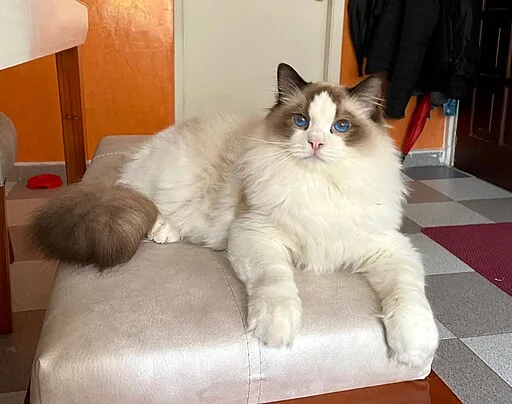
Traits
Size: A large breed. Males can weigh 15-20 pounds, while females generally weigh 10-15 pounds.
Mitted: Pointed with white paws (“mitts”) on the front feet, white “boots” on the hind feet, white chin & white belly stripe.
Bicolor: White chest, legs, stomach & ruff, with white inverted V on the face.
Life Expectancy: Many Ragdolls live to their mid- or high teens. However, life expectancy varies on factors such as genetics and care.
Maine Coon
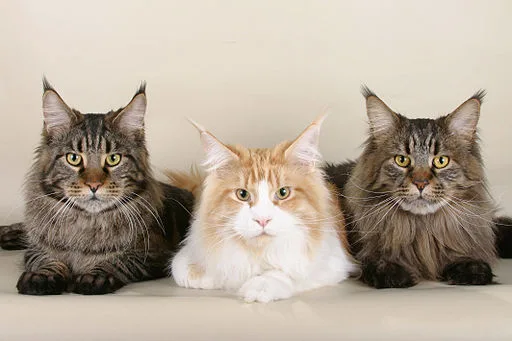
Traits
Height/Weight Range: Maine Coons don’t typically reach full maturity until they are four years of age.
Adult females: Females are typically smaller at 12 to 15 pounds but still larger than average for a cat.
Adult males: Males are quite large with healthy weights that are usually around 18 to 22 pounds
Life Expectancy: 12.5+ years.
Exotic Shorthair
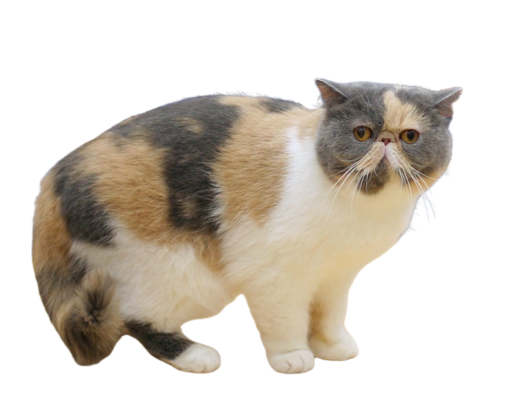
Traits
Size: As with all cats in the Persian Breed Group, Exotic Shorthairs are medium-sized but appear larger than they are due to their dense fur. Males are generally larger than females.
Life Expectancy: The Exotic Shorthair is a very healthy breed, and it can be expected to live between 8 and 11 years.
Devon Rex
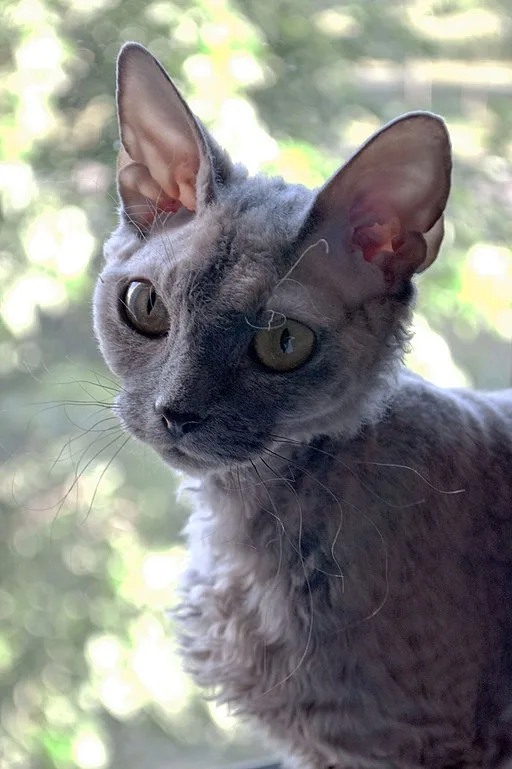
Traits
Size: Devons are medium-sized cats – with females 5-7 lbs. and males 7-9 lbs.
Colours: Devons come in all colours.
Life Expectancy: 14-17+ years
Persian
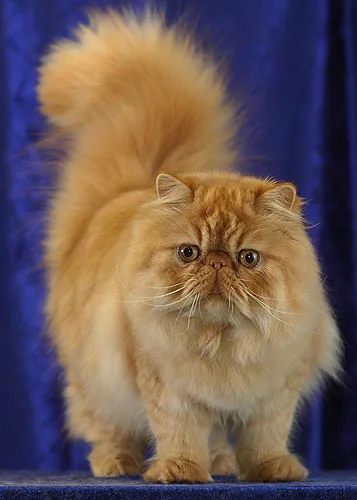
Traits
Size: As with all cats in the Persian Group, Persians are medium-sized but appear larger than they are due to their massive fur. Males are larger than females.
Life Expectancy: The Persian is a very healthy breed and can be expected to live between 8-11 years.
British Shorthair
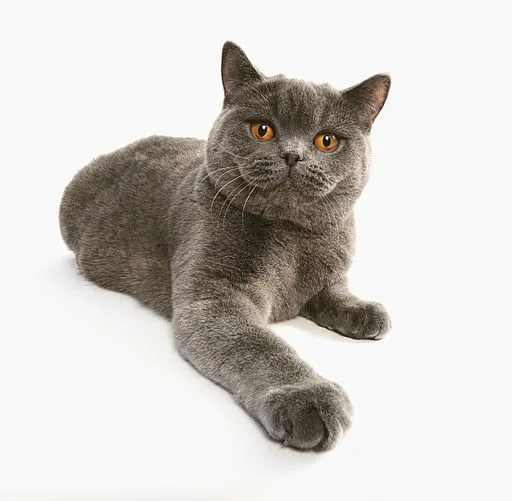
Traits
Size: Medium to large
Kittens: 3-6 pounds when ready to leave for new homes at 3 months.
Adult females: Medium to large, 8-11 pounds
Adult males: Large, 10-16 pounds
Life Expectancy: 12-20 years, depending on background and life circumstances.
Abyssinian
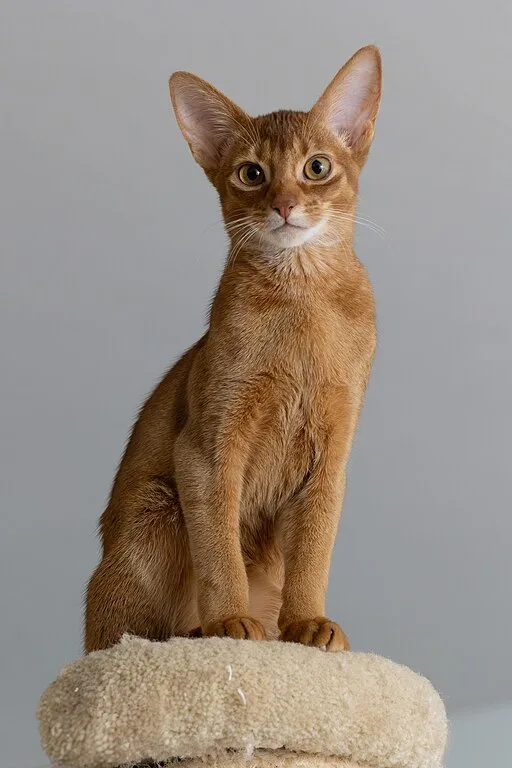
Traits
Size: Abyssinians are medium-sized cats, surprisingly heavy, considering the slim appearance of their body structure.
Females tend to be somewhat smaller in stature and finer-boned.
Adult females: 6-9 pounds
Adult males: 7-12 pounds
Life Expectancy: 14 – 17+ years. Many have been known to live well into their 20s.
American Shorthair
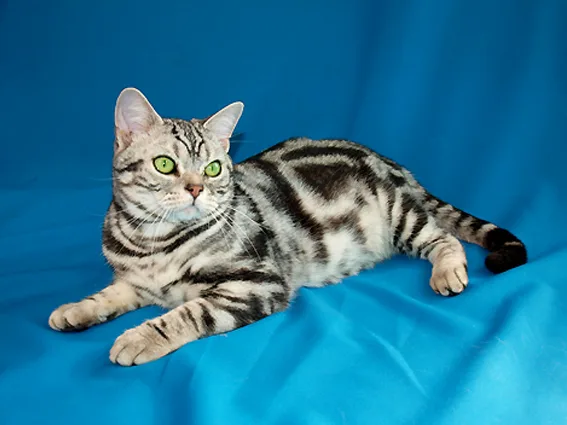
Traits
Size: Medium-sized cat with an athletic build. Males tend to be larger than females.
Colours: The American Shorthair can be found in all traditional colours. The most common are the tabby and tabby with white variations.
Activity Level: American Shorthairs are easy to train and like to be active and play fetch, but they are happiest when cuddling with their families.
Sphynx
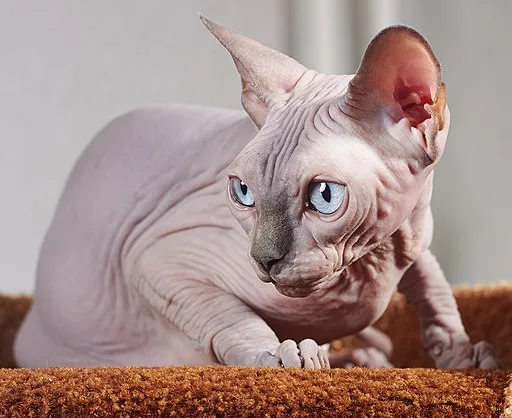
Traits
Height/Weight Range: Medium-sized cat weighing 6 to 12 pounds
Kittens: 4-6 pounds when ready to leave for new homes at 16 weeks.
Adult females: 7-10 pounds
Adult males: 8-14 pounds
Life Expectancy: 15+ years
Bengal
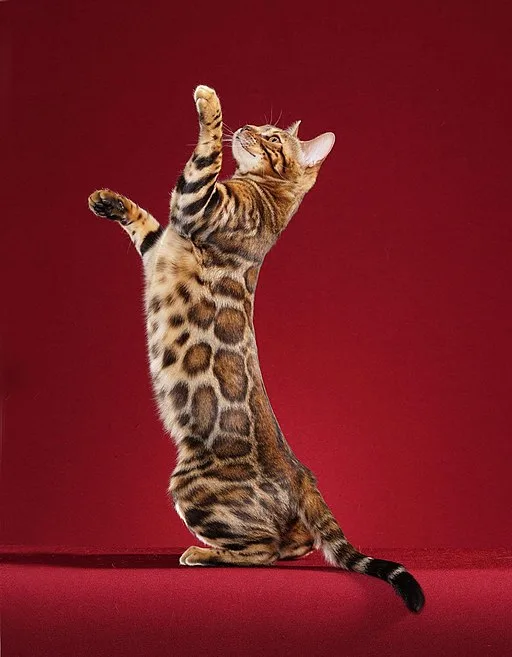
Traits
Size: Bengals reach their full size by the age of 2
Males: Approximately 9-15 pounds
Females: Approximately 6-12 pounds
Kittens: weigh about 1 pound per month. Therefore, a 4-month-old kitten is typically 4 pounds.
Life Expectancy: 12 to 20 years, depending on many factors, including environment and nutrition.
Scottish Fold
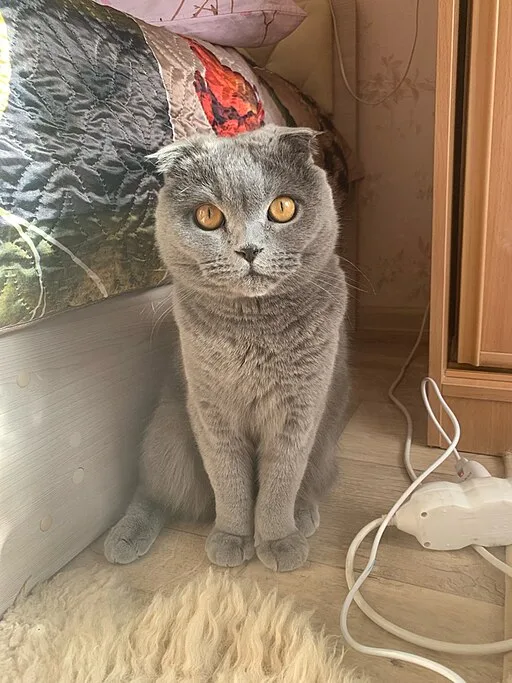
Traits
Size: Medium-sized cat, 7-10 pounds
Colours: Scottish Folds come in all colours and patterns of the Traditional and Pointed Divisions, including long hair, short hair, folded ear, and straight ear varieties.
Life Expectancy: 11-14+ years
Russian Blue
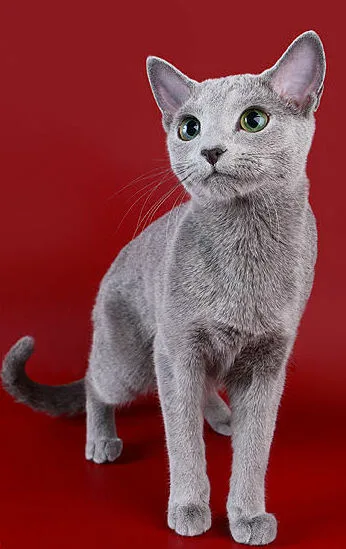
Traits
Size: medium-sized cat
Colours: Russian Blues come in one coat colour – blue, and one coat length – short
Life Expectancy: 10 – 20+ years, some have lived to be 25 years.
Siamese
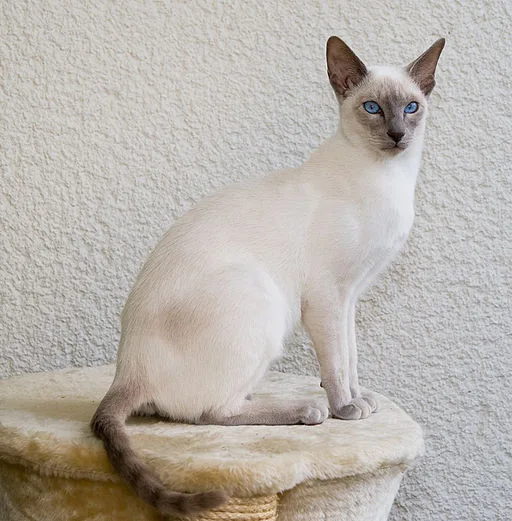
Traits
Size: Medium-sized cat
Adult females: Small, approximately 5-8 pounds
Adult males: Medium, approximately 8-12 pounds
Kittens mature slowly and don’t fully develop until 18-24 months.
Life Expectancy: 10+ years. Siamese tend to live longer than other cat breeds, reaching an above-average life expectancy and have been known to live 20+ years.
Burmese
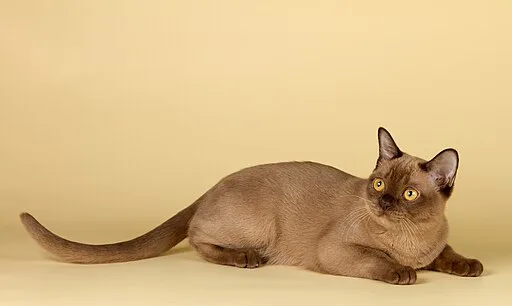
Traits
Size: A medium-to-large-sized cat, with males being larger
Life Expectancy: 12+ years
Siberian
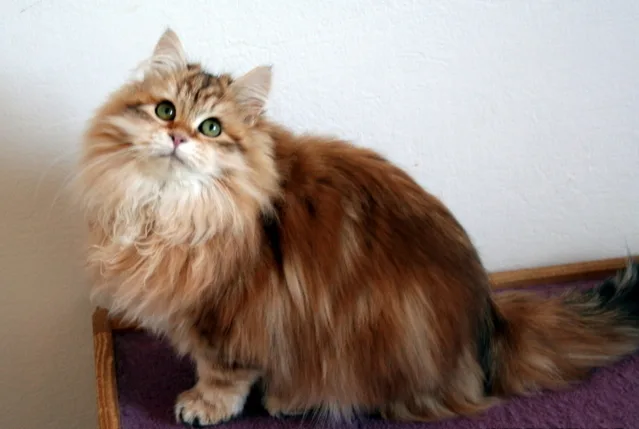
Traits
Size: Medium-to-Large-sized cat
Colours: They appear in a wide variety of colours and patterns, including pointed, with deep, intense colours and rich patterns
Life Expectancy: 11-18+ years
Norwegian Forest Cat
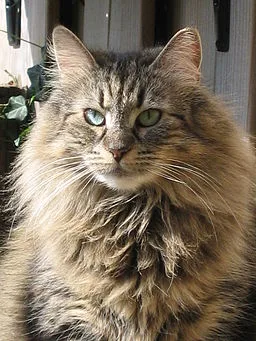
Traits
Size: Medium/Long body:
Adult females range between 8-12 pounds
Adult males range between 12-18 pounds
Life Expectancy: 13+ years
Oriental longhair
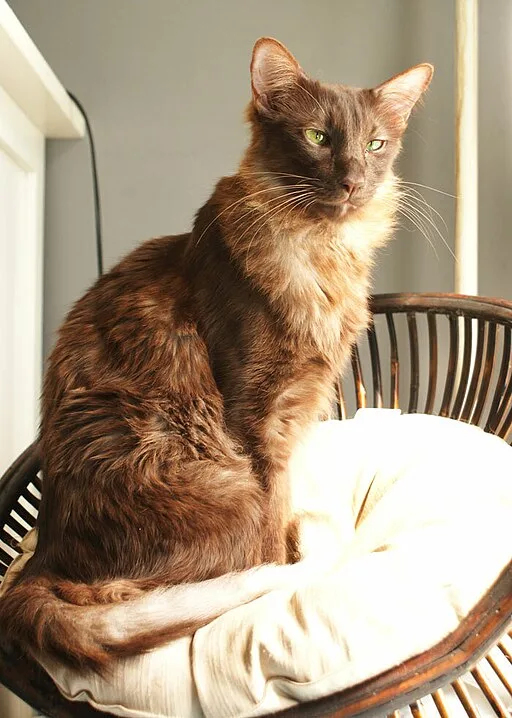
Traits
Size: Medium-sized cat
Adult females: small, approximately 5-8 pounds
Adult males: medium, approximately 8-12 pounds
Kittens mature slowly and don’t fully develop until 18-24 months.
Life Expectancy: 10+ years. Oriental Longhairs and those within the Siamese Breed-Group can live longer than other cat breeds, reaching an above-average life expectancy and have been known to live 20+ years.
Oriental Shorthair
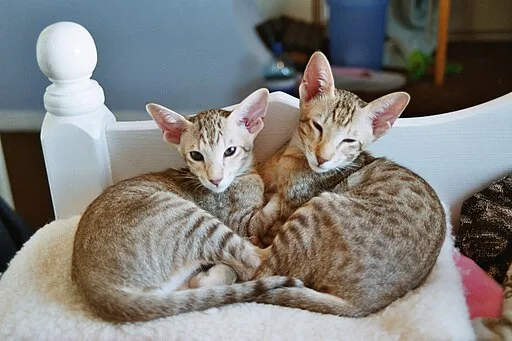
Traits
Size: Medium-sized cat
Adult females: small to medium, approximately 5-8 pounds
Adult males: medium, approximately 8-12 pounds
Kittens mature slowly and don’t fully develop until 18-24 months.
Life Expectancy: 10+ years. Oriental Shorthairs and those within the Siamese Breed Group can live longer than other cat breeds, reaching an above-average life expectancy and have been known to live 20+ years.
Himalayan
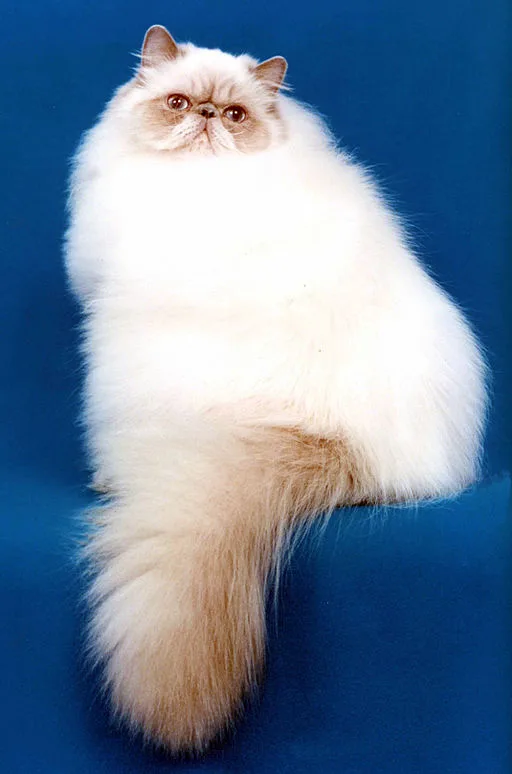
Traits
Size: As with all cats in the Persian Breed Group, Himalayans are medium sized, but appear larger than they really are due to their massive fur. Males are larger than females.
Life Expectancy: The Himalayan is a very healthy breed and can be expected to live between 8-11 years.
Birman
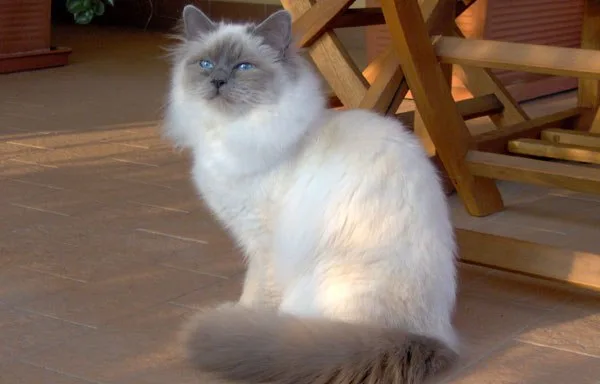
Traits
Size: Medium-to-large
The Birman is a long cat and can become large. Males are usually larger than females. They are heavily boned cats and tend to appear somewhat stocky.
Kittens: 2-3 pounds when ready to leave for new homes at 12-16 weeks
Adult females: 12 pounds
Adult males: 12 pounds
Life Expectancy: 9-15+ years
Cornish Rex
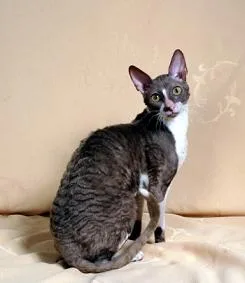
Traits
Size: Small-sized cat
Life Expectancy: 9-13+ years
Bombay
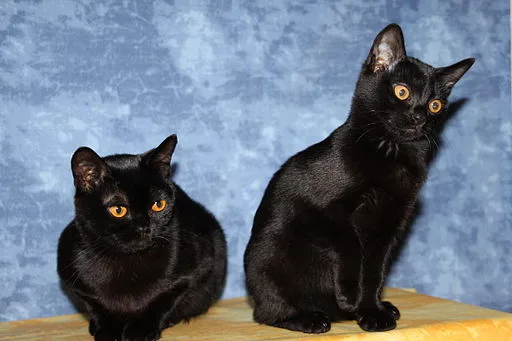
Traits
Size: A medium compact-sized cat, with males being larger. Adult males range from 8-10 lbs., and females are usually 6-8 lbs.
Life Expectancy: Bombay cats often live into their teens. 15-17 years is common. Some will even live into their 20’s.
Tonkinese
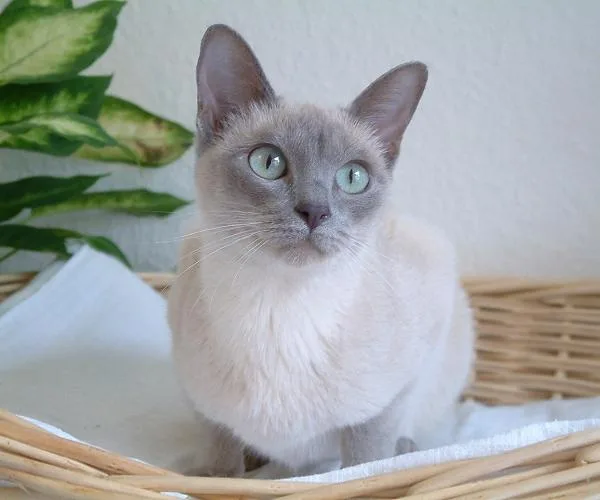
Traits
Size: Medium-sized cat.
Life Expectancy: 12-16+ years, with proper care.
Domestic Shorthair
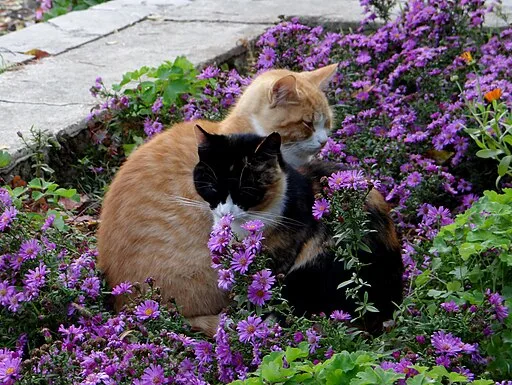
Traits
Size: Medium-sized cat with an athletic build. Males tend to be larger than females.
Life Expectancy: 11-21 years
Domestic Longhair
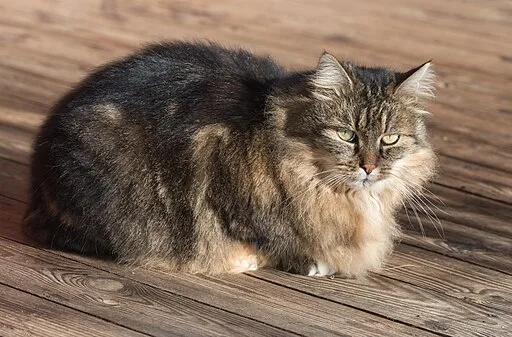
Traits
Size: Medium to large
Kittens: 3-6 pounds when ready to leave for new homes at 3 months.
Adult females: Medium to large, 8-11 pounds
Adult males: Large, 10-16 pounds
Life Expectancy: 12-20 years, depending on background and life circumstances.
Manx
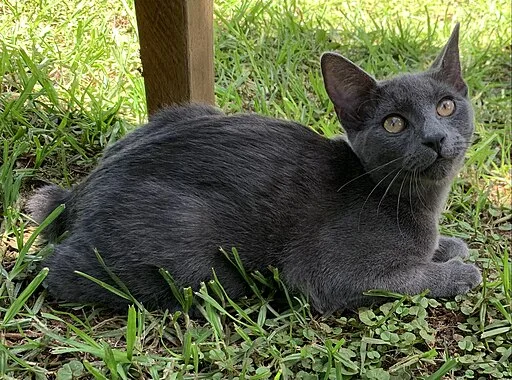
Traits
Size: Medium-sized cat with heavy boning and a compact body. The shortness of the body may cause one to think they are overweight mistakenly. While altered cats do often carry a bit of extra weight, they should not be obese.
Life Expectancy: 16+ years
Selkirk Rex
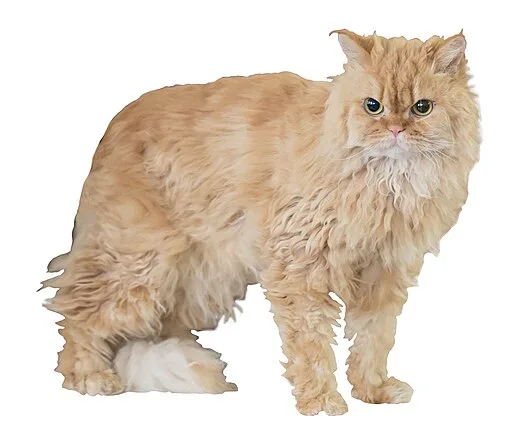
Traits
Size: Medium-sized cat
Colours: Both longhair and shorthair varieties appear in a rainbow of colours.
Life Expectancy: 10-15+ years
Ocicat
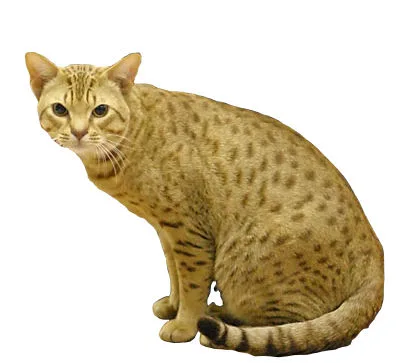
Traits
Size: On average, males range between 10-12 pounds and females between 8-10 pounds.
Colours: Chocolate, Chocolate Silver, Cinnamon, Cinnamon Silver, Black, Black Silver, Fawn, Fawn Silver, Lilac, Lilac Silver, Blue, Blue Silver.
Burmilla
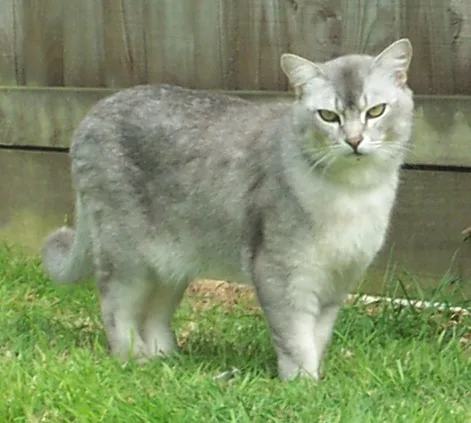
Traits
Size: Burmilla cats are medium-sized, weighing 8-12 pounds.
Colours: The Burmilla coat has a sparkling silver-white ground colour with tipping or shading in black, brown, blue, chocolate, lilac, caramel, beige, and apricot.
Life Expectancy: 15 – 18+ years
Ragamuffin
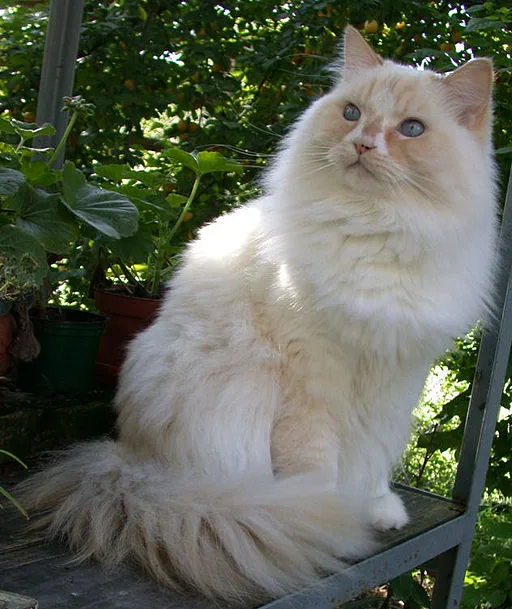
Traits
Size: Ragamuffins are bigger cats between 9″and 11″ (22-27cm), weighting 10-15 pounds
Life Expectancy: 13-16 years
Somali
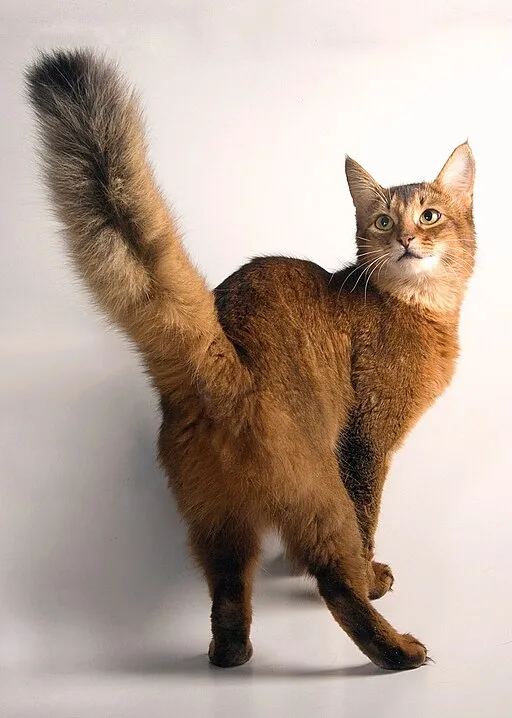
Traits
Size: Adult females: Small-to-medium, 6-8 pounds
Medium-to-large, 8-10 pounds
Colours: Ruddy, cinnamon, blue, fawn, chocolate, and lilac. Each colour can also be accompanied by silver.
Life Expectancy: 10-19+ years, with proper care.
Chartreux
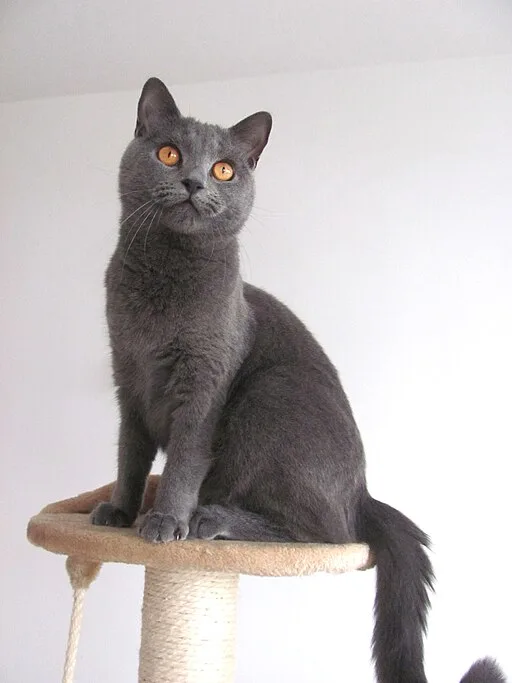
Traits
Size: Medium-sized cat
Colours: Chartreux cats come in any shade of blue-grey, from ash to slate. Tips may appear to be lightly brushed with silver.
Life Expectancy: 8-13+ years
LaPerm
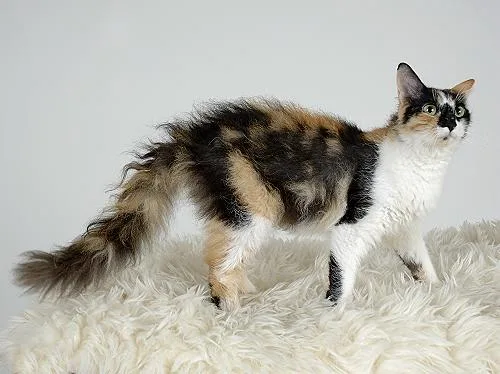
Traits
Size: A small-to-medium breed, with males being larger than females.
Females tend to be somewhat smaller in stature and finer-boned.
Adult females: 6-9 pounds
Adult males: 7-12 pounds
Life Expectancy: The LaPerm is a very healthy breed and can be expected to live a good, long life of 12-15 years. However, some LaPerms have been known to live as long as 20 years..
Japanese Bobtail
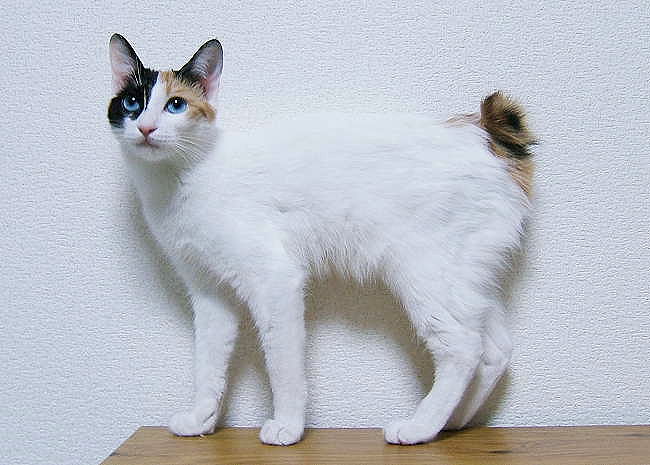
Traits
Size: Medium-sized cat
Colours: Available in both the longhair and shorthair varieties, the Japanese Bobtail is available in all categories, divisions and colours although the tri-colour or Mi-Ke is favoured.
Life Expectancy: 9-13+ years
American Curl
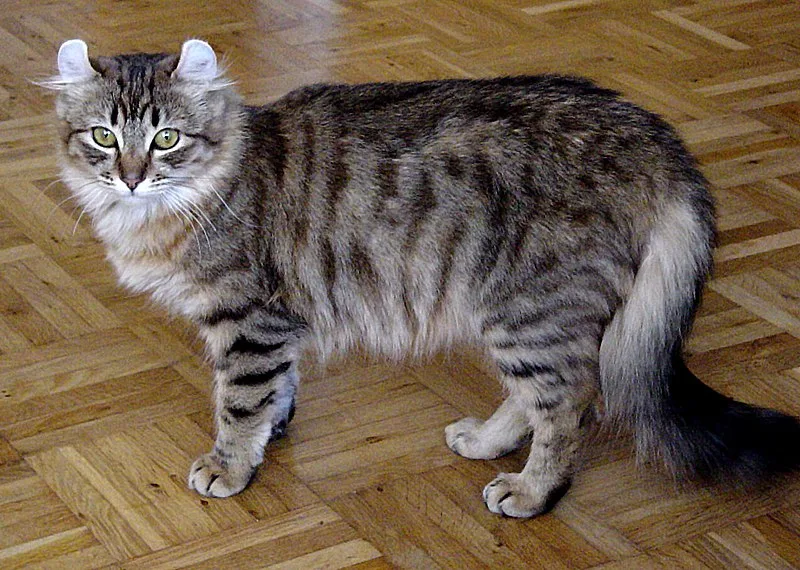
Traits
Size: Small-to-medium-sized cat ranging in size from 5-10 pounds
Adult Females: Ranging from 5-8 pounds
Adult Males: Ranging from 7-10 pounds
Colours: Curls are available in all colours and patterns
Can be found in either longhair or shorthair
Life Expectancy: 10-20 years
Korat
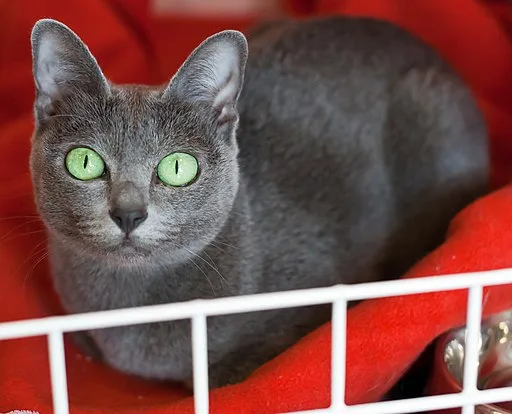
Traits
Size: Korats are a small-to-medium-sized breed with compact, semi-cobby bodies. The female weighs between 6-8 pounds, while the male is much larger and can be 10 pounds or more.
Life Expectancy: Korats are a healthy breed and can be expected to live 15 years or more. It is not unusual to find a Korat that is 20 and still healthy. They remain active participants in the household no matter their age.

